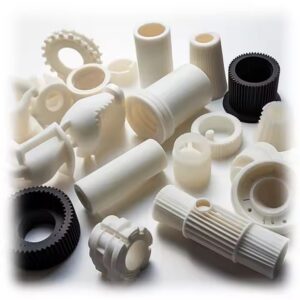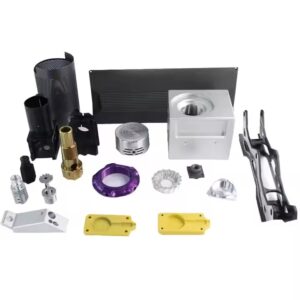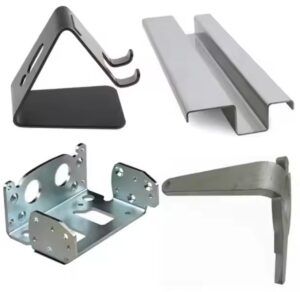As someone deeply involved in the metal manufacturing industry, I’ve seen how 3D printing has transformed the way we produce metal parts. Let’s explore how this technology is reshaping metal manufacturing and what it means for the future of production.
1. The Current State of 3D Printing
What started as a prototyping tool has evolved into a full-fledged production method, particularly in metal manufacturing. Today, 3D printing is no longer limited to plastic and resin—it’s increasingly being used to create high-quality metal components across a variety of industries. With advancements in speed, precision, and material options, this technology has matured into a game-changer.
2. How Metal 3D Printing Works
There are two main techniques used in metal 3D printing: Direct Metal Laser Sintering (DMLS) and Selective Laser Melting (SLM). Both involve a laser that fuses powdered metal layer by layer, but with a key difference in approach:
- DMLS: Sintering metal particles together without fully melting them, allowing for a variety of metal alloys.
- SLM: Fully melting the metal particles to create a uniform part with high mechanical strength.
3. Materials and Scope of Use
One of the main advantages of metal 3D printing is the wide range of materials available, each suited to different applications:
- Stainless Steel: Known for its strength and resistance to corrosion.
- Titanium: Lightweight and strong, ideal for aerospace and biomedical fields.
- Aluminum: Offers excellent strength-to-weight ratio, commonly used in automotive parts.
- Cobalt Chrome: Highly durable, used in demanding applications like dental implants.
4. Real-World Applications of 3D Printing
3D printing is already making a significant impact across industries:
- Aerospace: NASA is using 3D printing to create complex components for satellites and rockets, reducing weight and enhancing performance.
- Automotive: Major car manufacturers like Ford and BMW use 3D printing to streamline production, creating custom tools and lightweight parts.
- Medical: The ability to produce customized titanium bone replacements or surgical tools is revolutionizing healthcare.
- Fashion: Designers are pushing boundaries with 3D-printed jewelry and accessories.

5. The Future and Limitations of 3D Printing
The potential of 3D printing in metal manufacturing is enormous. As advancements continue in print speed, material properties, and machine capabilities, new applications will continue to emerge. However, there are still challenges to overcome:
- Cost: High-quality metal powders and industrial-grade 3D printers can be expensive.
- Speed: While 3D printing is great for prototyping, traditional methods may still be more cost-effective for mass production.
- Technical Expertise: Operating these advanced machines requires specialized knowledge to optimize the process and ensure the best results.
Conclusion
The rise of 3D printing in metal manufacturing represents both challenges and extraordinary potential. Embracing these technologies has not only enhanced our production capabilities but has also opened up new possibilities for solving complex problems. As the technology continues to evolve, we’re excited about its future applications and its ability to drive innovation.
Incorporating 3D printing into manufacturing processes isn’t just about keeping up with trends; it’s about staying ahead of the curve. As we continue to innovate, the possibilities are endless. If you’re considering how 3D printing can enhance your operations, now is the time to explore its potential.
Let’s build the future of manufacturing—one layer at a time.




